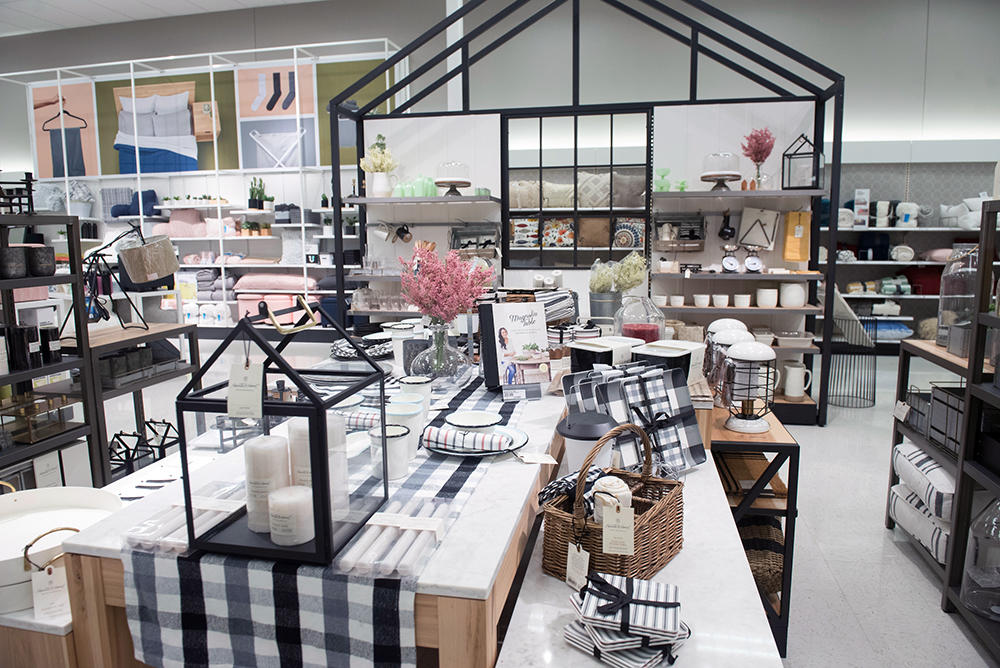Ugh. What a dreadful year 2020 was for much of the retail world. Dozens of major chains and no doubt thousands of local independents have gone out of business, impacting a vast number of store closings. Tens of thousands of retail workers have lost their jobs, and the vendors who supply all these stores have struggled to adjust and not go out of business themselves.
But in the world of home furnishings retailing, there were several specific big business transformations that changed the landscape last year—and not all of them were bad. More importantly, what happened will have profound effects on the future. In no particular order, here are five key home industry events from 2020 that will impact what happens this year and beyond.
1. The Ascension of RH
RH (yes, some still call the brand Restoration Hardware; I always like referring to them as “Resto”) spent 2020 firmly entrenching itself as the leading higher-end home furnishings retailer in the country. As its stock price skyrocketed, so too did its esteem in its assorted spinoffs—hotels, yachts and whatever else CEO Gary Friedman has up his stylish sleeve. RH is now the poster child for all that’s good in home furnishings retailing.
2. Home Depot & Lowe’s Get Down With Decor
They’ve always been players around the fringes of decorating, but 2020 was the year these giant home improvement chains got serious about home furnishings. It’s a natural extension of their existing businesses, and with Home Depot and Lowe’s stepping up their e-commerce efforts, their in-store presentation challenges are no longer an issue. In short, both are poised to be powerhouses in the business.

3. Walmart and Target Gain Market Share
As so many stores were closed during the early stages of the pandemic, the two big national mass merchants gained new shoppers—not just for food and essentials, but across the board, including home. And with each getting ever more sophisticated in their merchandising—Target’s Magnolia Home program is among the best in the industry—they are becoming go-to destinations for all kinds of shoppers. Target and Walmart gained major market share, and they won’t be giving it up anytime soon.
4. Wayfair Makes Money
It took the better part of a decade, but Wayfair finally turned a profit for two quarters this year, all while gaining massive amounts of new business and customers. The big question going forward is whether the e-commerce darling can hang on to these shoppers and continue to operate in the black. It still needs to figure out a viable physical store strategy, but the fact that it turned a corner in 2020 was a major accomplishment.
5. Bed Bath & Beyond Begins Again
Once perhaps among the best companies in all of retailing, Bed Bath & Beyond had fallen on hard times, with tired stores and online efforts that were way behind the curve. Under all-new management—and with a sense of both purpose and urgency that had been missing for years—it finally began to address all of the above. With aggressive omnichannel initiatives, offloads of marginal businesses and a renewed sense of merchandising, the company made significant progress in 2020. But the real work of store remodelings, product development and online expertise still lie ahead.
Most retail observers will tell you the pandemic sped up the pace of change by years and they are most certainly right. But what they are not telling you is that there’s still lots more to come in 2021.
Homepage photo: ©Dbvirago/Adobe Stock
____________
Warren Shoulberg is the former editor in chief for several leading B2B publications. He has been a guest lecturer at the Columbia University Graduate School of Business; received honors from the International Furnishings and Design Association and the Fashion Institute of Technology; and been cited by The Wall Street Journal, The New York Times, The Washington Post, CNN and other media as a leading industry expert. His Retail Watch columns offer deep industry insights on major markets and product categories.





























